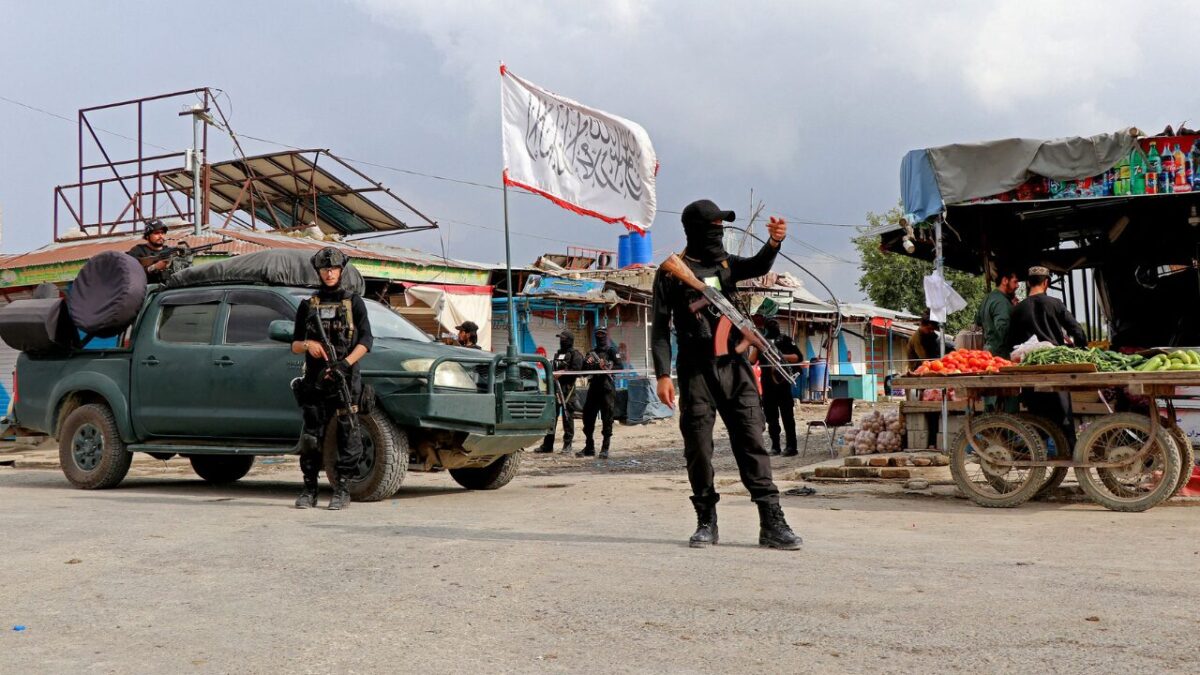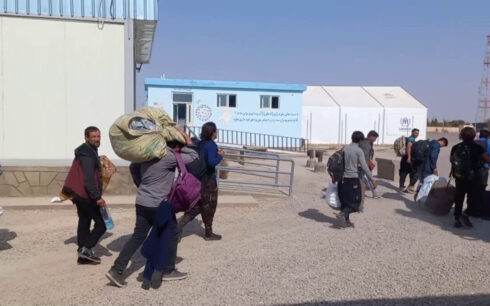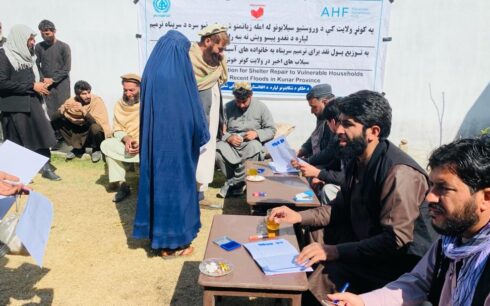A new United Nations report reveals a 53 percent increase in security-related incidents across Afghanistan between May 14 and July 31, compared with the same period in 2023. The UN recorded 2,127 incidents during this period.
The report highlights several types of incidents that have surged in frequency. Land disputes have increased significantly, particularly in the southern and southeastern regions of the country. The UN documented 35 land disputes during this period, compared with 28 during the same timeframe last year. The southern region accounted for the majority, with 19 incidents, followed by the southeastern region, which saw seven cases.
Armed clashes have also escalated dramatically. The report notes that such incidents more than doubled, rising from 37 in 2023 to 80 this year. This uptick reflects ongoing tension and localized conflicts, despite the Taliban’s continued hold on most of the country’s territory. Alongside these armed skirmishes, detonations of improvised explosive devices (IEDs) also increased, from seven incidents in 2023 to 13 in 2024. These IED attacks, which frequently target Taliban forces and civilians alike, remain a significant source of instability in Afghanistan.
The report underscores that, despite the rise in violence, the Taliban’s territorial control has not been meaningfully challenged by opposition groups during this period. The armed opposition, including the Afghanistan Freedom Front (AFF) and the National Resistance Front (NRF), remains active, but their efforts have yet to pose a significant threat to the Taliban’s grip on power.
According to the UN, a total of 73 attacks were carried out by the AFF and NRF combined. The AFF was responsible for 21 attacks, while the NRF, which has been more prominent in certain regions, conducted 52 attacks. These operations often utilized hit-and-run tactics, targeting Taliban posts, vehicles, and security personnel in ambushes and other assaults. The opposition forces have largely refrained from attempting to hold territory, preferring to rely on these guerrilla-style operations to harass Taliban forces.
Geographically, the central region of Afghanistan, and specifically Kabul Province, saw the highest concentration of attacks. A total of 58 attacks were recorded in the central region, including 46 in Kabul alone. The intensity of violence in Kabul highlights the ongoing security challenges in the Afghan capital, even as the Taliban attempt to present an image of control. Other regions were less affected, with 15 attacks in the west, 11 in the northeast, four in the east, two in the north, and two in the south.
The extremist group ISIL-K (Islamic State in Khorasan Province) remains a persistent threat in Afghanistan, according to the UN report. ISIL-K claimed responsibility for four significant attacks during the reporting period. One of the most high-profile incidents occurred on May 17 in Bamyan, a historically peaceful province. Gunmen opened fire on two vehicles carrying tourists in the central market area of Bamyan city, killing five people, including three Spanish nationals. Two Afghan citizens were also killed in the attack, while two Afghans and four foreign nationals from Australia, Lithuania, Norway, and Spain were wounded. The attack on international tourists was a rare but notable escalation, aimed at undermining any sense of security within the country.
In response, Taliban authorities arrested seven suspects related to the Bamyan attack, although they have yet to provide additional information on the arrests or whether the suspects belonged to ISIL-K or another group.
On May 20, another ISIL-K attack involved the detonation of an IED targeting a Taliban vehicle in Kandahar. The explosion killed one civilian and injured three others. Although the exact number of Taliban casualties remains unknown, such attacks highlight ISIL-K’s ongoing campaign to destabilize Taliban rule through targeted violence.
On July 31, ISIL-K claimed responsibility for an attack involving small arms fire on a bus transporting Taliban security forces in Kabul city. The attack resulted in multiple casualties. Taliban authorities reported that one attacker was arrested, while three others escaped. The report also notes that Taliban security forces had arrested at least 30 suspected ISIL-K members during this period, part of a broader crackdown on the group’s activities.
ISIL-K has also maintained a steady stream of propaganda aimed at both the Taliban and the international community. On May 26, the group released a video that threatened foreigners in Afghanistan, including United Nations personnel, and mocked the Taliban’s claims of maintaining security. ISIL-K has sought to portray the Taliban as illegitimate and unable to protect the country, a narrative designed to attract recruits and fuel discontent among Afghans.
In early June, ISIL-K’s Al-Azaim media outlet released another video condemning the Taliban for accepting financial assistance from the international community. The video singled out several faith-based NGOs and United Nations entities, labeling them as legitimate targets for attacks. These claims were previously echoed in a May 17 issue of ISIL-K’s Khorasan Ghag publication, which also targeted NGOs working in Afghanistan.
Al-Qaida, another significant extremist presence in Afghanistan, also made headlines during this period. On June 7, the group’s media outlet, Al-Sahab, published a pamphlet inviting Muslims worldwide to migrate to Afghanistan and support the Taliban through investment and expertise. This call reflects Al-Qaida’s enduring ties to the Taliban and its desire to bolster the regime, despite the group’s declining operational strength in the country.
Tensions along Afghanistan’s border with Pakistan were also highlighted in the report. Between May 14 and July 31, the UN documented at least 13 armed clashes between Taliban forces and Pakistani security forces along the border areas in six districts across Kunar, Paktika, and Khost provinces. These skirmishes included indiscriminate shelling and further complicated the security situation in these volatile regions. The report also notes the deaths of at least four Tehrik-e-Taliban Pakistan (TTP) commanders and fighters in separate incidents in Kunar, Paktika, Khost, and Kabul provinces, though the perpetrators of these killings remain unidentified.
The UN itself has been directly affected by the rise in violence. During the reporting period, the organization documented 24 safety and security incidents affecting its personnel. These included one theft, 10 cases of harassment, movement restrictions, or intimidation, and two arrests of UN staff. While this represents a slight decrease from the previous reporting period, the UN also faced five other safety incidents involving fires, flooding, and road accidents, all of which affected its compounds and offices across the country.





